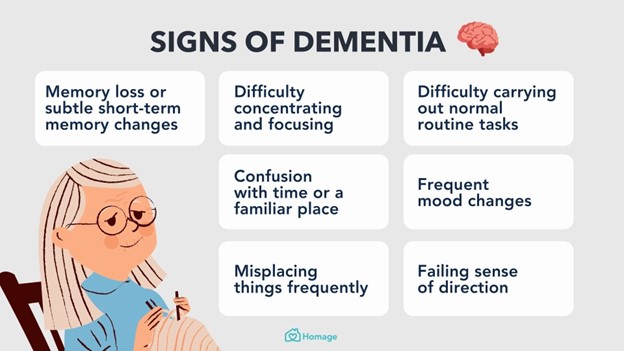A client commits suicide in an acute mental health facility. Which of the following is the priority intervention for staff following this incident?
Change policies for staff observation of clients who are suicidal.
Identify cues in the client's behavior that might have warned them that he was contemplating suicide.
Provide professional counseling for staff members.
Give the family an opportunity to talk about their feelings.
The Correct Answer is B
Nursing Test Bank
Naxlex Comprehensive Predictor Exams
Related Questions
Correct Answer is D
Explanation
A. "Using nontraditional treatments is not a good idea. I'd rather you avoid that route."
This response is directive and dismissive of the client's choice. It does not promote open communication or respect for the client's autonomy and beliefs.
B. "Your provider is very knowledgeable. If he prescribes chemotherapy, it's the best treatment for you."
While healthcare providers have expertise, this response doesn't address the client's concerns or give them an opportunity to express their feelings. It may come across as authoritarian and not respecting the client's wishes.
C. "A lot of people think nontraditional treatments will work, and they find out too late that they made the wrong choice."
This response uses scare tactics and doesn't address the client's individual needs or concerns. It does not foster a trusting and respectful nurse-client relationship.
D. "Tell me more about your concerns about taking chemotherapy."
This is the most appropriate response. It demonstrates active listening, empathy, and a willingness to understand the client's perspective. By asking the client to share more about their concerns, the nurse can engage in a meaningful conversation and provide information and support based on the client's needs.
Correct Answer is B
Explanation
A) Decreased display of emotions:
While changes in emotional expression can occur in individuals with dementia, it's not a primary manifestation that is typically emphasized when educating families. Behavioral and psychological symptoms, including changes in emotion and personality, can be seen in dementia, but forgetfulness progressing to disorientation is a more direct and characteristic symptom of the condition.
B) Forgetfulness gradually progressing to disorientation
Explanation:
When educating the family of a client with dementia, the nurse should inform them to expect forgetfulness that gradually progresses to disorientation. Dementia is a progressive cognitive decline that affects memory, thinking, and reasoning. Forgetfulness is often one of the initial symptoms of dementia, and as the condition advances, individuals can become disoriented to time, place, and even people. This progression occurs due to the degeneration of brain cells and the accumulation of abnormal proteins.
C) Personality traits that are opposite of original traits:
Changes in personality traits can indeed occur as a result of dementia, but this may not be the most prominent or early manifestation that the nurse would want to highlight when educating the family. The gradual progression of forgetfulness leading to disorientation is a more specific and foundational aspect of dementia.
D) Decreased auditory and visual acuity:
Decreased sensory acuity, such as auditory and visual acuity, can happen with age and various health conditions, but they are not primary manifestations of dementia. Dementia primarily affects cognitive functions like memory, thinking, and reasoning.

Whether you are a student looking to ace your exams or a practicing nurse seeking to enhance your expertise , our nursing education contents will empower you with the confidence and competence to make a difference in the lives of patients and become a respected leader in the healthcare field.
Visit Naxlex, invest in your future and unlock endless possibilities with our unparalleled nursing education contents today
Report Wrong Answer on the Current Question
Do you disagree with the answer? If yes, what is your expected answer? Explain.
Kindly be descriptive with the issue you are facing.
